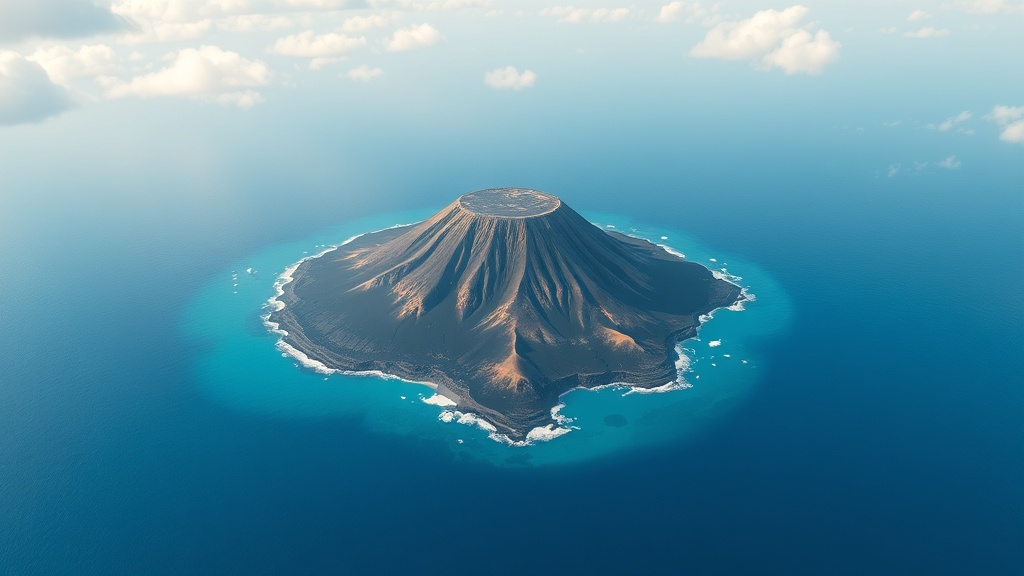Home / Environment / Surtsey: A Living Laboratory Revealing Nature's Resilience and Renewal
Surtsey: A Living Laboratory Revealing Nature's Resilience and Renewal
13 Oct
Summary
- Volcanic island of Surtsey emerged in the 1960s, offering a unique scientific opportunity
- Surtsey's colonization by plants and animals demonstrates how life can recover in harsh environments
- Arrival of birds and seals has driven further biodiversity growth on the island

In November 1963, a volcanic eruption in the Atlantic Ocean off the coast of southern Iceland gave birth to a new island, named Surtsey after the Norse fire giant. Over the next two years, this volcanic rock grew to over a kilometer in length and 174 meters in height, presenting researchers with a unique opportunity to observe how life can colonize and spread on a pristine, undisturbed island.
While initial colonization by plants was slow, with just 10 species taking hold in the first decade, the arrival of black-backed gulls in the early 1980s kicked off an explosion of life on Surtsey. The birds' guano carried seeds that quickly spread grasses across the island, and the nutrients they provided helped further plant growth. More recently, the establishment of a grey seal haul-out site has brought additional nutrients to the island, driving continued biodiversity.
Today, Surtsey stands as a living laboratory, demonstrating that even in the harshest environments, nature has an incredible capacity for resilience and renewal. Researchers say the lessons learned from Surtsey's transformation offer hope and practical guidance for rehabilitating ecosystems damaged by human activity, war, or environmental disasters. As the island's landmass slowly erodes, its story serves as a testament to the power of nature to recover when given the chance.




